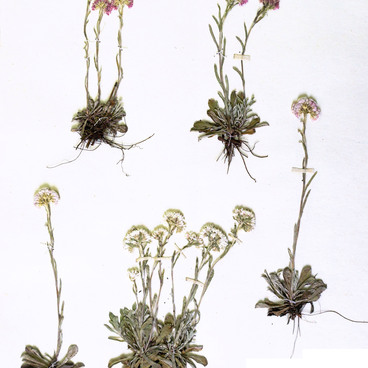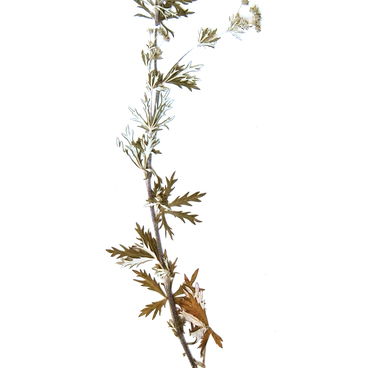In the Russian language, the angular Solomon’s seal is called kupena lekarstvennaya (medicinal kupena) or kupena aptechnaya (pharmaceutic kupena). This is a poisonous herbaceous perennial in the Convallarioideae subfamily, which includes about 50 species.
#1
Solomon’s seal
#7
#3
The Solomon’s seal grows in Northern Europe and North America, however, it is most often found in East Asia, namely in China, where more than 30 species grow. In Russia, the Solomon’s seal is typical for the southern regions and the area of Central Russia, and rare for the northern regions – for example, Siberia. This perennial prefers forests that are dry and easily let the sunshine in, such as those consisting of pines and birches. It can also thrive in forest edges and shrub thickets, in sandy and rocky soils.
#4
The angular Solomon’s seal has a number of common names that are associated with its appearance and healing properties. There is a superstition: if one wipes their face with a Solomon’s seal plant that has an even number of leaves on its stem, then the skin on their face peels off (Rus. oblupitsya). For this reason, the plant was dubbed peel-foam (Rus. pena-lupena). Alternatively, if the skin is not peeled off but becomes clean instead, and all its hyperpigmentation spots are gone, then the plant is called simply foam (Rus. pena). Other common names include: volchiyi glazki (meaning little wolf eyes), voronets (derives from Rus. voron – raven), gladysh, zhuravelnik (Rus. zhuravl - crane), krovavnik (Rus. krov’ – blood), sorochiyi glaza (magpie eyes). Because of its leaves and white bell-like flowers facing the ground, the Solomon’s seal is sometimes called deaf lily of the valley.
Despite the fact that the Solomon’s seal is poisonous, its fresh green parts and its roots, which are dug up in the autumn, are used in healthcare. The plant becomes less toxic after heating, for instance, in the process of preparing infusions and decoctions. Medicaments based on the Solomon’s seal have a haemostatic and anti-inflammatory effect, which is particularly favoured by the beauty industry. On top of that, the plant is popular among gardeners: it is often used in greenspace and landscape designing. The most famous floricultural species is the Eurasian Solomon’s seal (Polygonatum multiflorum) with pink flowers, as well as Solomon’s seals with striped leaves. They make good neighbours for other herbs and flowers, and survive well through the winter.
#5
From May to July, the Solomon’s seal blooms and has the scent of bitter almonds. Its flowers bear plenty of nectar and are pollinated only by long-tongued bumblebees; self-pollination is also possible. The fruit of this plant is a dark blue, almost black, big spherical berry.
#8
Kuzebai Gerd National Museum of the Republic of Udmurtia
read morehide
00:00
00:00
1x
Solomon's seal
Dimensions
40x30 cm
Technique
Herbarisation
Collection
Exhibition
2
Open in app
Share



